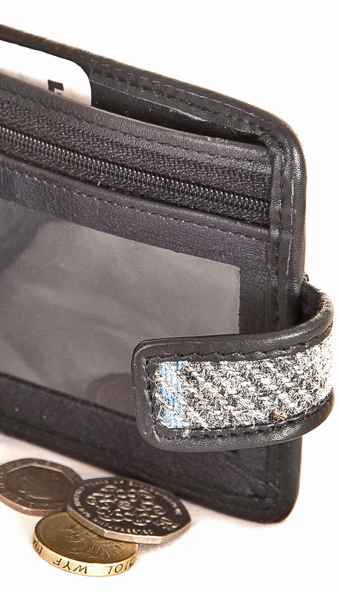Hello on day 19 of my A-Z of handbags. Today is all about some of the materials I use, what they are and how they’re made.
Suede
Do you know what suede is? What’s the difference between suede and leather?  Well they are both leather but suede is a term used to describe the finish of the underside of the hide while leather is the smoother top side. Some hides can only be used as suede OR leather, while others can be split to get both from one skin. Being from the underside of the skin, suede always has a fuzzy ‘nap’ or ‘pile’ to it. This can be finer or rougher depending on the type and age of animal it comes from.
Well they are both leather but suede is a term used to describe the finish of the underside of the hide while leather is the smoother top side. Some hides can only be used as suede OR leather, while others can be split to get both from one skin. Being from the underside of the skin, suede always has a fuzzy ‘nap’ or ‘pile’ to it. This can be finer or rougher depending on the type and age of animal it comes from.
A sheep skin (which is a fairly thin skin) can be finished by the tannery to either be used as leather (the smooth top of the skin, once the wool is removed), or as suede (the underside of the skin). Sheep suede is a fine suede with a very short pile to it.
As you can only use a sheep skin as leather OR suede, it’s a fairly expensive material. My Queen B bags are made in sheep skin, making the leather/suede component of them a high cost of the overall bag but I wanted to use this super soft feel suede (the red and purple are suede) for this design to give it a luxurious finish.
In contrast, a cow hide, being much much thicker, will produce a top layer of leather as well as several layers underneath that which can be tanned as suede. This is called ‘splitting’ the skin. Before a cow hide is split it can be up to 4mm thick so splitting is absolutely necessary to get a soft supple feel leather for the handbags and purses that I design.
Splitting
Once a cow hide is split, you have various thicknesses and qualities of leather. The top of the hide, known as full grain is the most expensive leather – 3 or 4 times more costly than the layers that come from the splits underneath it. Full grain leather shows the natural markings of the skin and will develop a patina over years of use.
The second and subsequent layers can be made into suede or leather and to make leather, a finish needs to be applied to give the top side a smooth (or grainy) leather look. The cheapest layer is the innermost layer, the furthest from the full grain layer.
My Napoli suede bags are made in a calf suede, giving a more fuzzy pile to their look than the Queen B suede bags.
Skiving
This is a process to reduce the thickness of leather so that it can be folded and stitched more easily. We do it on the edges of every pattern piece we cut for bags and wallets. If you didn’t skive the edges the seams would be thick and unsightly and impossible to stitch.
Skiving is almost always done on the underside of the leather as you want to keep the top side as the face you see.
Have a look at your wallet or purse the next time you use it. Can you see how fine the leather is on the folded over edges around the wallet where it’s stitched together?
That’s it for today. A little bit about leather, suede and funny terms from the industry like skiving and splitting.
Tomorrow it’s T.


New terms about leather I have never heard before. Thanks for the education. I continue to be amazed by your products and the care and specifics you put into each piece!
Glad you like it Julie.